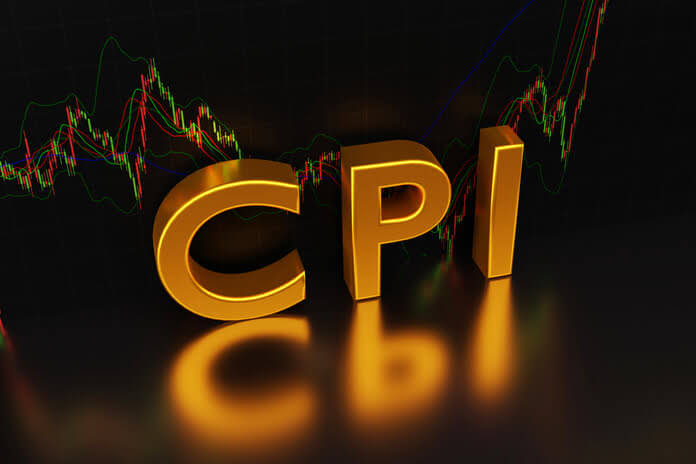July Inflation Data Points to Ongoing Decline
In July, the core consumer price index (CPI) in the US, which excludes food and energy costs, increased by 3.2% year-over-year, marking the fourth consecutive month of easing inflation. This figure reflects the slowest pace since early 2021. Monthly, the core CPI rose by 0.2%, a slight uptick from June’s unexpectedly low increase, according to the Bureau of Labor Statistics (BLS). The overall CPI also climbed 0.2% from the previous month and 2.9% year-over-year, with nearly 90% of the monthly advance attributed to shelter costs, which saw a notable acceleration.
The ongoing downward trend in inflation, combined with a softening job market, has set the stage for the Federal Reserve to potentially lower interest rates next month. Economists and market analysts anticipate that the Fed will take action to cut rates, although the exact size of the cut will depend on upcoming economic data. Jeffrey Roach, chief economist at LPL Financial, suggested that the easing inflationary pressures will likely lead to a rate cut while maintaining an overall restrictive policy stance.
Economic Indicators: What’s Next for the Fed
As the Federal Reserve prepares for its September meeting, additional inflation data and job reports will play a crucial role in shaping policy decisions. Recent figures showed fluctuations in the S&P 500 and rising two-year Treasury yields, reflecting market expectations for a rate cut. The BLS reported core CPI rising by 0.17% on a two-decimal basis, with a three-month annualized figure advancing 1.58%, the lowest since February 2021. Despite these positive signs, the shelter component—particularly owners’ equivalent rent and rent of primary residence—continued to exert upward pressure on inflation.
Other categories of consumer spending showed more favorable trends, with declines in apparel, new and used cars, airfares, and hospital services. Gasoline prices have also generally decreased, contributing to lower overall consumer costs. Subscription services for video games saw their largest increase ever, following a steep decline in May.
The report also highlighted a notable drop in core goods prices, which fell by the most since the beginning of the year. The personal consumption expenditures (PCE) price index, which the Fed uses to assess inflation, is trending closer to the central bank’s 2% target. This index, released later this month, will provide further insight into inflationary trends, drawing from both CPI and producer price index (PPI) data.
The PPI data released this week indicated weaker margins at wholesalers and retailers, suggesting diminished pricing power and recent discounting efforts, such as Amazon.com Inc.’s Prime Day. Businesses across various sectors are acknowledging shifts in consumer spending habits, particularly in discretionary purchases. The sustained decline in goods prices over the past year has provided some relief to consumers, although real earnings growth decelerated in July, according to recent reports.
Featured Image: Freepik









